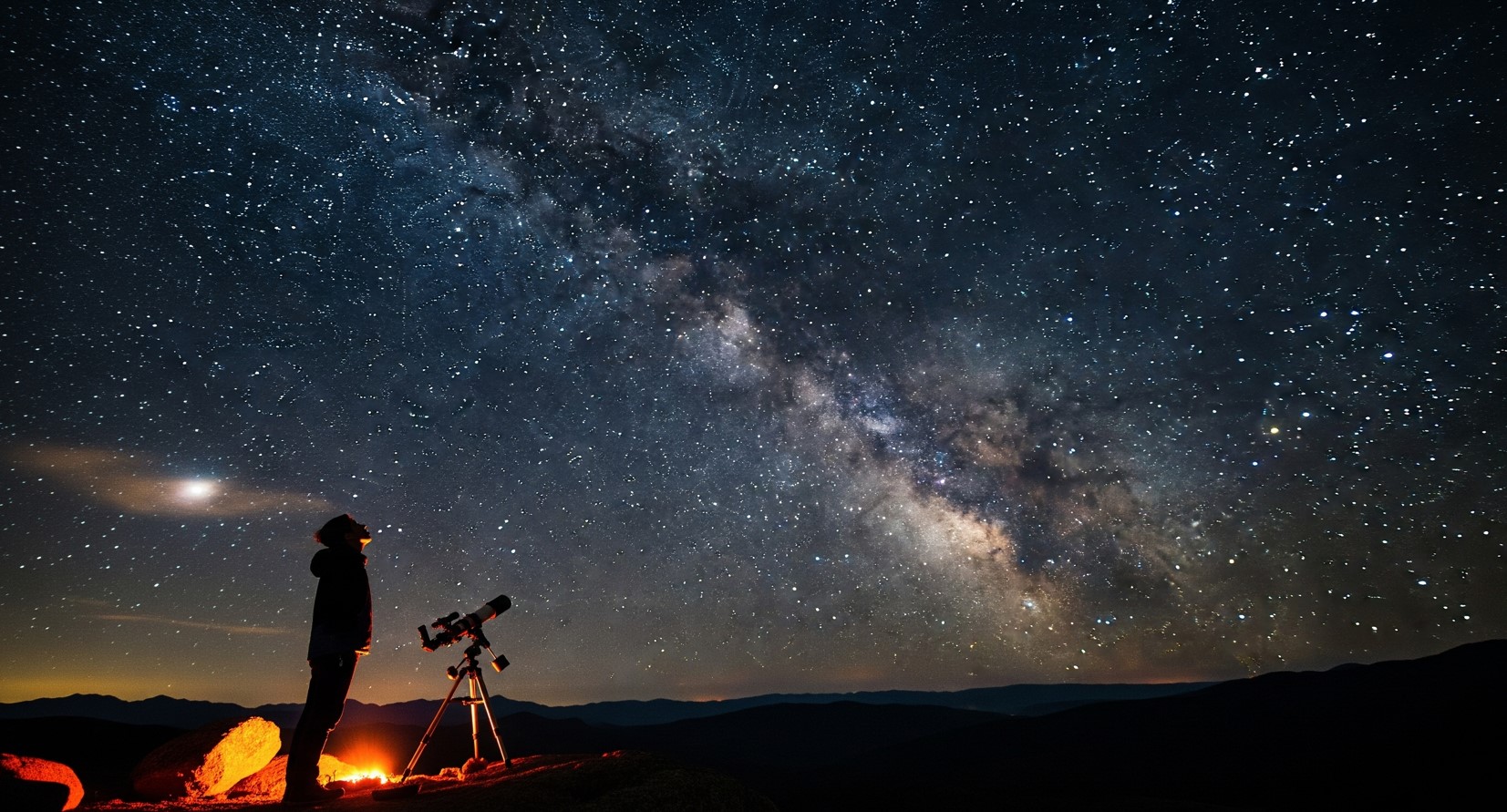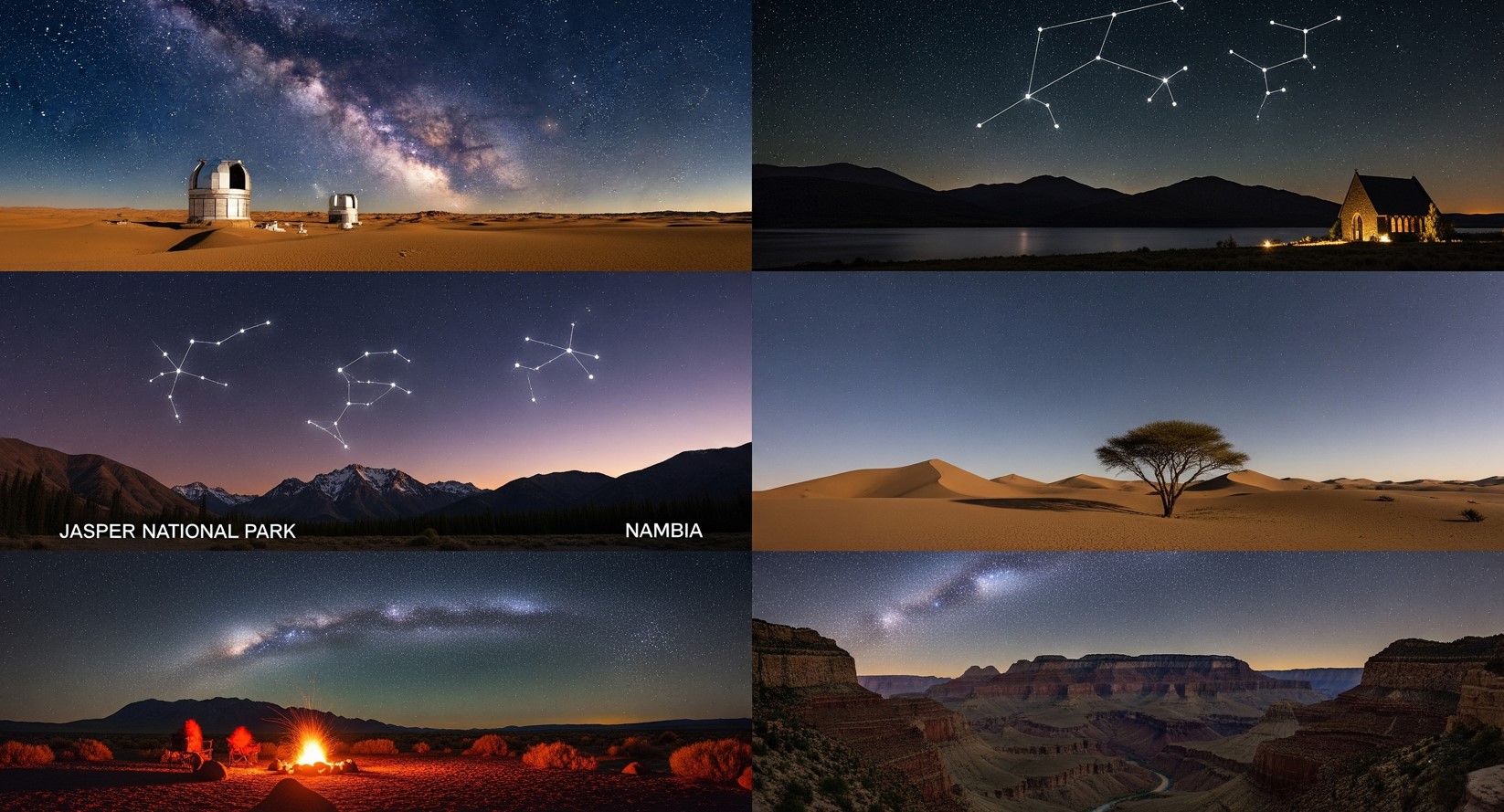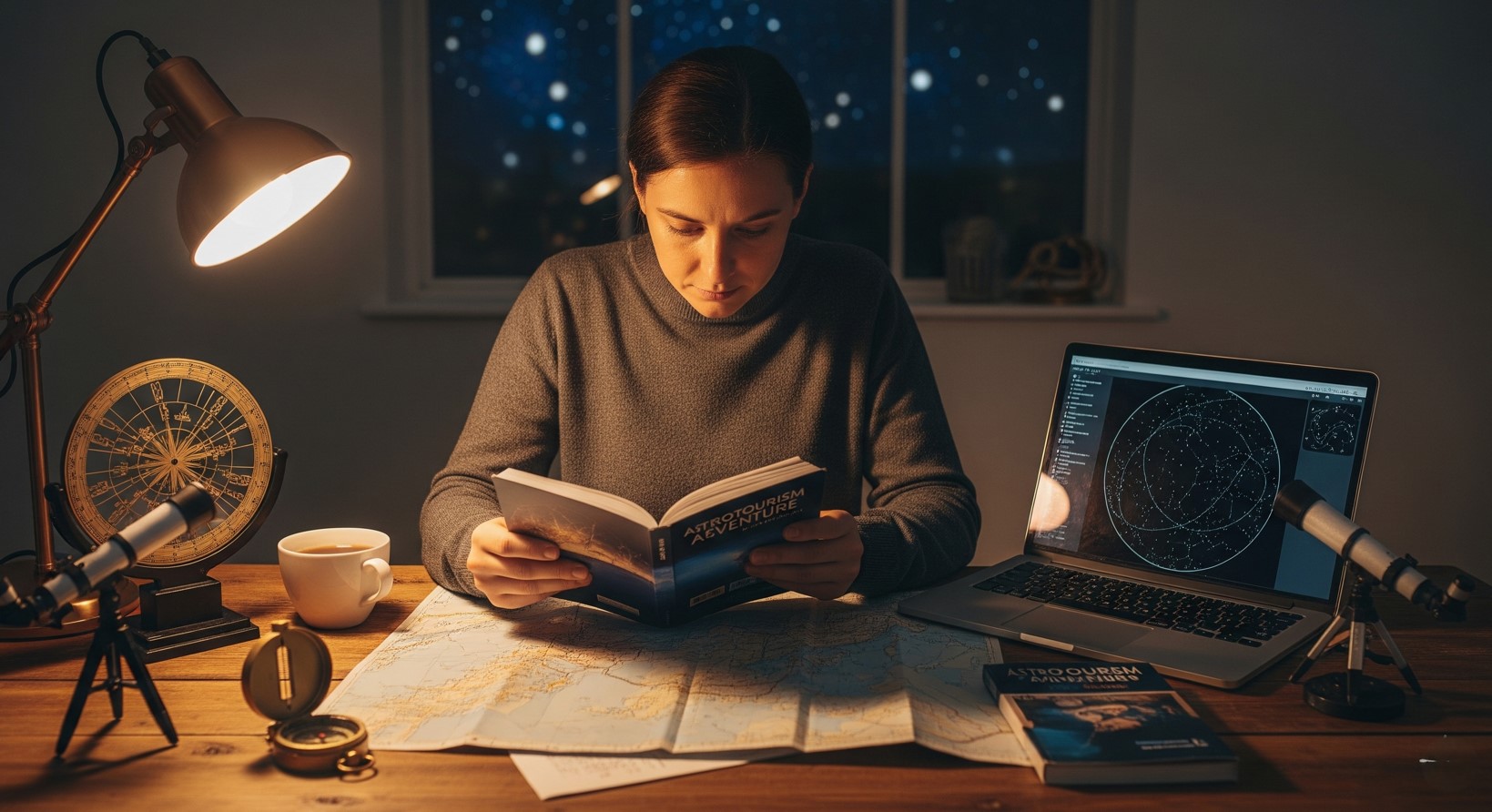Why Astro tourism Should Be on Your Travel Bucket List
For centuries, humans have gazed at the night sky in wonder, tracing constellations and dreaming of distant worlds. Today, astrotourism offers a unique chance to reconnect with that awe. By traveling to designated dark sky destinations, you can experience celestial sights unspoiled by light pollution: the Milky Way cores blazing overhead, meteor showers painting streaks across the sky, and the subtle shimmer of zodiacal light. In this guide, we’ll delve into the essence of stargazing travel, highlight the very best dark sky parks and reserves around the globe, and equip you with practical tips to plan a seamless, unforgettable night-sky adventure.

What Is Astrotourism? Exploring the Nighttime Frontier
Astro tourism—also known as astrotourism or stargazing tourism—combines a passion for astronomy with a love of travel. Unlike standard vacations, where the focus is on beaches, museums, or urban attractions, astrotourism is built around the cosmos. Travelers seek out places with minimal artificial lighting, clear skies, and an environment that enhances visibility of stars, planets, and other celestial phenomena. Many locations hold official Dark Sky Park or Reserve status, certified by organizations like the International Dark-Sky Association (IDA) for their commitment to preserving natural darkness.
Top Dark Sky Destinations Around the World
Below are six must-visit sites for every aspiring stargazer. Each combines spectacular night skies with accessible infrastructure and complementary daytime activities.

1. Aoraki Mackenzie International Dark Sky Reserve, New Zealand
Stretching across 4,367 square kilometers on New Zealand’s South Island, this reserve boasts some of the world’s lowest light pollution levels. On clear nights, you can see the Magellanic Clouds and the Southern Cross in crisp detail. Local operators offer guided sky tours, astro-photography workshops, and comfortable stargazing pods equipped with heated viewing windows.
2. Big Bend National Park, Texas, USA
Big Bend’s vast desert expanses and remote location in West Texas make it one of North America’s darkest places. The park organizes nightly “Star Parties” led by rangers and amateur astronomers. Hike canyons by day and set up camp under a tapestry of stars by night, with the Milky Way’s central bulge stretching from horizon to horizon.
3. NamibRand Nature Reserve, Namibia
This privately managed reserve adjacent to Namib-Naukluft National Park features open desert plains and towering dunes. Its clear, dry air provides near-perfect conditions for observation. Exclusive lodges and camps offer guided sunset dune drives, followed by nightly astronomical lectures and telescope viewings in the desert silence.
4. Tenerife, Canary Islands, Spain
Perched above 2,000 meters on Mount Teide, Tenerife’s Teide Observatory enjoys some of Europe’s finest seeing conditions. The volcanic landscape creates minimal atmospheric turbulence, and several viewpoints on the park’s rim are open to public stargazing. Combine daytime volcano treks with star tours under professional telescopes after dark.
5. Kerry International Dark Sky Reserve, Ireland
Encompassing the Iveragh Peninsula in County Kerry, this reserve offers rugged Atlantic coasts and rolling hills. Seasonal meteor showers—like the Perseids and Geminids—are spectacular here, unobstructed by city lights. Local pubs even host “astro-nights,” pairing traditional Irish music with guided sky-watching from nearby hilltops.
6. Mont-Mégantic International Dark Sky Reserve, Canada
Nestled in Québec’s Eastern Townships, Mont-Mégantic was the world’s first Dark Sky Reserve. The public astronomy center atop the mountain houses a 1.6-meter telescope, open for community viewing nights. Nature trails and scenic byways allow visitors to explore by day, then return to the summit for stunning Milky Way panoramas.
Planning Your Astro tourism Adventure
Solid planning ensures you maximize every moment under the stars. Consider these factors before booking your trip:

- Best Time to Visit: Aim for new moon phases to minimize lunar glare. Late fall through early spring often offers clearer skies in many Northern Hemisphere destinations.
- Local Weather Patterns: Research average cloud cover and precipitation rates. Desert regions tend to have predictable, dry nights, whereas coastal areas may experience fog or marine layers.
- Accommodation Options: From remote eco-lodges to established resorts, choose lodging that respects dark-sky guidelines (e.g., shielded outdoor lighting) and offers easy access to observation sites.
- Guided Tours vs. Solo Exploration: Professional guides can navigate local terrain, provide expert astronomy insights, and optimize telescope usage—ideal for novices. Independent travelers who already own gear may prefer self-guided observation under the stars.
Essential Gear for Astrophotography and Stargazing
Whether you’re capturing the Milky Way or simply soaking in the night sky, packing the right equipment elevates your experience:
- Telescope or Binoculars: A stable tripod-mounted telescope brings lunar craters and planets into sharp focus. High-quality binoculars are lightweight alternatives for constellation spotting.
- Camera with Wide-Angle Lens: A DSLR or mirrorless camera paired with a fast, wide-angle lens (f/2.8 or faster) captures expansive skyscapes. Use a sturdy, vibration-free tripod to avoid blur.
- Red Headlamp: Preserve your night vision by using a red-filtered light source. This prevents pupil constriction, keeping your eyes sensitive to faint stars.
- Warm Clothing and Insulation: Nighttime temperatures in high-altitude or desert regions can plummet. Layer thermal wear, windbreakers, and insulated boots for comfort during long observation sessions.
- Star-Chart App or Printed Map: Digital or analog reference tools help you identify constellations, planets, and deep-sky objects efficiently.
Safety, Conservation, and Responsible Astrotourism
As a visitor to remote dark sky areas, practicing responsible tourism preserves these precious environments for future generations:
- Light Pollution Awareness: Use only approved, low-intensity outdoor lighting at your accommodation. Avoid white or blue LEDs—opt for warm-amber fixtures if light is necessary.
- Respect Wildlife: Many dark sky regions overlap with sensitive habitats. Keep noise and movement to a minimum, and follow local guidelines to avoid disturbing nocturnal species.
- Leave No Trace: Pack out all trash, and avoid trampling fragile desert or alpine vegetation. Stick to established trails and campsites.
- Support Local Communities: Choose locally owned eco-lodges, hire regional guides, and purchase crafts or produce from artisans. This helps sustain conservation efforts and builds goodwill.
Tips for Unforgettable Stargazing Moments
Beyond the logistics, these simple best practices will enrich your night sky excursion:
- Arrive Early: Allow at least 30 minutes for your eyes to fully adapt to darkness. During this time, avoid looking at bright screens or lights.
- Plan for Meteor Showers: Check annual shower calendars for the Perseids (August), Geminids (December), and Quadrantids (January) to experience dazzling meteor activity.
- Use Manual Camera Settings: For astrophotography, switch to manual focus, set a high ISO (1600–3200), and use long exposures (15–30 seconds). Experiment with the 500 Rule (500 ÷ focal length) to minimize star trails.
- Combine Daytime Adventures: Balance your itinerary with daytime hikes, cultural experiences, or hot springs visits. This makes for a richer overall journey and avoids night-only fatigue.
Conclusion: A Celestial Journey Awaits
Astrotourism offers more than just pretty pictures—it’s an invitation to rediscover our place in the cosmos. From the sweeping dunes of Namibia to the rugged coastlines of Ireland, every dark sky destination reveals a new facet of the universe. By planning thoughtfully, packing the right gear, and respecting local environments, you’ll forge memories that linger long after dawn’s first light. So choose your perfect dark sky spot, set your gaze upward, and let the stars guide you on the ultimate travel adventure.








